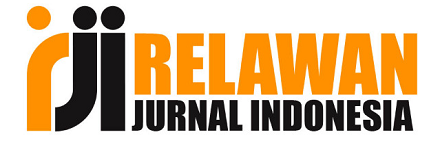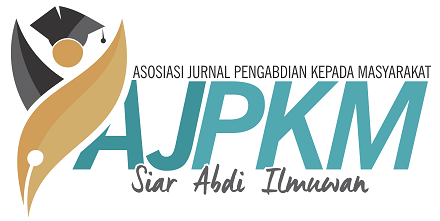IbM Kelompok Tani Hortikultura Dalam Rangka Perbaikan Manajemen Produksi Kompos
DOI:
https://doi.org/10.33474/jipemas.v1i2.1513Keywords:
rumah kompos, manajeman produksi kompos, grinderAbstract
Tegalweru village, Dau, Malang regency is known as a high producer of horticultural crops with a total area of horticultural crops to ± 336 ha or 80% of the total area of agricultural land. To maintain the productivity of horticultural crops is necessary land management system with organic inputs. However, the availability of compost in this village is still inadequate. Compost production system that is not running optimally, although it has been available the tools for composting. An understanding of composting technology is still low. Specific targets to be achieved in this activity is an increase in the compost product produced from compost production systems that exist in the two farmers groups Weru Asih I and II, who became a partner in this activity. IbM activities were implemented through several stages: (1) extension of composting technology and the role of organic matter (2) the training and mentoring of making compost, (3) Building composting home, and (4) Counseling and guidance of management system of sustainable compost production. The results of this work showed that horticultural farmers at Tegalweru village already can independently make compost with a high quality. This activity greatly helped to provide compost for farmers. It is also able to improve the understanding of the members of farmer group in maintaining soil fertility. For the sustainability of this program, implementation of barter management system between compost material with mature compost can be used as an initial step in the development of commercial compost production at Tegaweru village.References
Hairiah , K., van Noordwijk, M., and Weise, S. 2005. Sustainability of Tropical Land Use Systems After Forest Conversion . Columbia Univ. Press., New York. p. 143-170.
Havlin, J.L,J.D.Beaton, A.L.Tisdale and W.L. Nelson. 2005. Soil Fertility and Fertilizers. 7th edition. Pearson Prentice Hall. Upper Saddle River, New Jersey.
Leifeld, J., and Kögel-Knabner, I. 2005. Soil organic matter fractions as early indicators for carbon C-org changes under different land-use. Geoderma 124: 143–155.
Sisworo, W.H., 2006. Swasembada Pangan dan Pertanian Berkelanjutan. Tantangan Abad Dua Satu : Pendekatan Ilmu Tanah, tanaman dan Pemanfataan Iptek Nuklir. Dalam A. Hanafiah WS, Mugiono,dan E.L. Sisworo. Badan Tenaga Nuklir Nasional, Jakarta. 207 hal.
Wolf, B and Snyder, G.H. 2003. Sustainable Soils : The Place of Organic Matter in Sustaining Soils and Their Productivity. Food Product Press. An Imprint of The Haworth Press. Inc. New York. P. 105 - 246
Downloads
Published
How to Cite
Issue
Section
License
.









